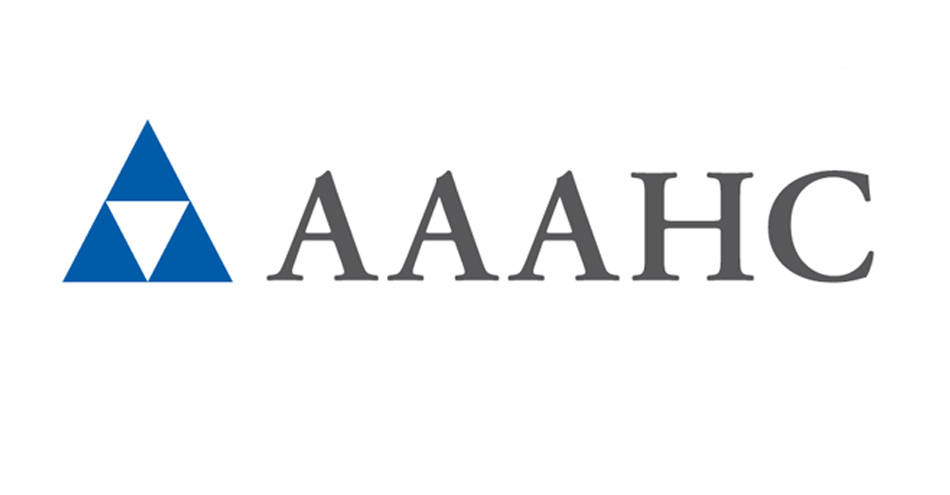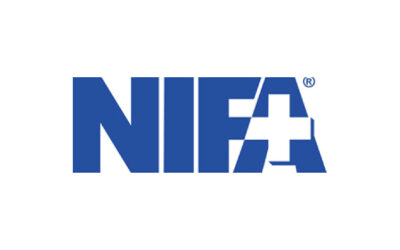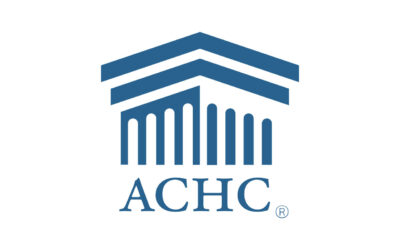By Mary Sibulsky and Brian E. Szumsky
In August, over the span of one weekend, Hurricane Harvey poured more than two feet of water on Houston causing widespread flooding and power outages and damaging infrastructure and personal property. The National Weather Service called the situation “beyond anything experienced.” Similarly, in Florida, Hurricane Irma left millions without power and turned city streets into rivers. While natural disasters of this magnitude are not the norm, the importance of an effective disaster plan cannot be overstated. In health care, an ASC must meet the standards of accreditation or certification for CMS. But more importantly, a well-written and rehearsed plan could potentially save lives. So what does it take to create a plan that meets your facility’s needs and helps you to achieve accreditation standards? A good plan includes an overview of your facility and the various factors that will impact it in the event of a disaster.
STEP ONE: WHAT MAKES A DISASTER?
Not everyone understands that disasters are not limited to just well-known weather occurrences like hurricanes and flooding; they can also include events as simple as a minor plumbing leak – a “disaster” that might prevent the safe use of the operating rooms. So start your plan with a definition of what types of disasters could affect your organization. A good way to further breakdown this definition is by identifying internal and external disasters. Ask your staff members this question: “What occurrences would make working a severe hardship and potentially impact the care we provide?” You might be surprised to hear some of them refer to the loss of phone service or medical records access as a disaster!
STEP TWO: HAZARDS OR RISK ASSESSMENT
According to FEMA, “A risk assessment is a process to identify potential hazards and analyze what could happen if a hazard occurs. A Business Impact Analysis (BIA) is the process for determining the potential impacts resulting from the interruption of time-sensitive or critical business processes.” Make a list of the potential hazards or risks your facility could face. Then, assess the probability and severity of those risks.
Once the risk assessment and description are completed, an authority and communications chart should be created. This will include a list of who will be in charge and which employees will be asked to respond.
When completing the roster, consider:
- Assessing who is activated and their ability to respond
- Compiling contact information, including cellphone and landline numbers
- Creating an authority chart – Alternates [Staff member(s) designated to substitute for the primary contact in the event that person is unable to respond]
- Creating a call list
The call list is kept near the main phone area for your facility and tested periodically to verify contact information. A copy of the list should also be maintained offsite. Along with the internal contacts, a list of local/county and national resources should be created.
This can include numbers or access information for:
- Police, Fire, Paramedics
- Building Management
- Building Security
- Telephone Company
- Power and Gas
- IT resources
- Insurance Company
- County Office of Emergency
- Management OEM
- City Street Department City
- Water Department
- City sewer Back-up
- FBI local office
- Poison control center
- Medical gases suppliers
- State police
- Road conditions reports
- National weather service
CMS AND EMERGENCY PREPAREDNESS
CMS has new requirements for risk assessment that become effective November 2017. Emergency preparedness will be a new CoP/CfC. Per CMS, there are four core elements of the Emergency Preparedness Program (each element of the plan must be reviewed and updated annually).
RISK ASSESSMENT AND PLANNING – all providers must develop an emergency plan using all hazards approach; plan and identify in advance essential functions and who is responsible in a crisis.
POLICIES AND PROCEDURES – P&Ps are developed based on the emergency plan and reviewed annually at a minimum (e.g. medical documentation, evacuation or shelter and place)
COMMUNICATION PLAN – identify alternate means of communication, provide information to local authorities sharing medical information, occupancy information and ability to provide assistance to other facilities in the community.
TRAINING AND TESTING PROGRAM – train staff on an annual and as-needed basis and test the plan through drills.
The plan is based on a documented risk assessment using an “all hazards” approach. An all-hazards approach is an integrated approach to emergency preparedness planning that focuses on capacities and capabilities that are critical to preparedness for a full spectrum of emergencies or disasters, including internal emergencies and a man-made emergency (or both) or natural disaster. This approach is specific to the location of the provider or supplier and considers the particular type of hazards most likely to occur in their areas, e.g., hurricane, floods, earthquakes, etc.
Facilities are expected to be in compliance with the requirements by November 15, 2017. The 2017/2018 Accreditation Handbook for Medicare Deemed Status Surveys will include the revised Physical Environment Checklist (PEC) from 2016 to reflect adoption of the 2012 editions of NFPA 99 and 101 by CMS and the new CMS requirements for emergency preparedness.
PROTECTING THE ORGANIZATION
A comprehensive Disaster Plan includes an overview of the steps to be taken to protect the lives and assets of the organization. This can include a description of the disaster drill schedules; fire drill plans and policies; quality assurance meetings that review the facilities’ functions; education relevant to disaster awareness, such as OSHA training; security precautions; CPR classes; emergency back-up equipment in the building and how it is tested; availability of shelter-in-place plans; and the equipment needed to secure the building. If staff members are allowed time to participate in outside preparedness training programs, such as those available through FEMA, the Medical Reserve Corps, or online training, this should also be included.
For a contingency such as mass illness in either employees or staff, you will need to put in place an Emergency Pandemic Plan. Assistance creating a good pandemic plan is available from the CDC at emergency.cdc.gov/planning/.
ADDITIONAL PLAN COMPONENTS
The disaster plan and drills need to have an evacuation plan in place that includes more than one location for assembly to cover all potential events. An annual disaster drill should allow practice for staff members to assemble at the evacuation point, and there should be a prior discussion about what equipment will be required during an evacuation. Hands-on practice with evacuation equipment, such as emergency patient slides or transport materials, should occur regularly.
Communicating your disaster plan with local, county and state authorities allows them to provide input regarding the details of your plan. Knowing what your emergency response plans are may be vital to the strength of your community’s emergency responders in times of disaster.
No plan is complete without giving serious thought to what will occur AFTER the disaster occurs. Putting a business back together and dealing with the psychological impact of severe disasters requires planning and compassion for the effect that a disaster may have on staff and the business clients served. Training in critical incident debriefing can be very helpful in getting the organization back on track.
Assessing the plan to accreditation standards and Medicare guidelines is critical and should be undertaken at least annually. Lastly, all staff needs to be educated in the plan’s use, location, and implementation. A plan is only paper if the information in it isn’t disseminated to those impacted by the plan. Just as we regularly rehearse for cardiac emergencies to feel competent and prepared, disasters require the staff to feel well trained and ready to respond.
Mary Sibulsky is Nurse Manager of an Ophthalmic ASC in North Idaho and has been a nurse since 1975. She is actively involved the Medical Reserve Corps and was selected as part of the Federal Cadre team specially trained to respond to national emergencies. She has worked as an ASC Surveyor for AAAHC since 2007.
Brian E. Szumsky is the communications project manager within the AAAHC Marketing and Communication department. He has been with the company since 2015 and has worked with the consulting arm (Healthcare Consultants International) and the AAAHC Institute for Quality Improvement.








